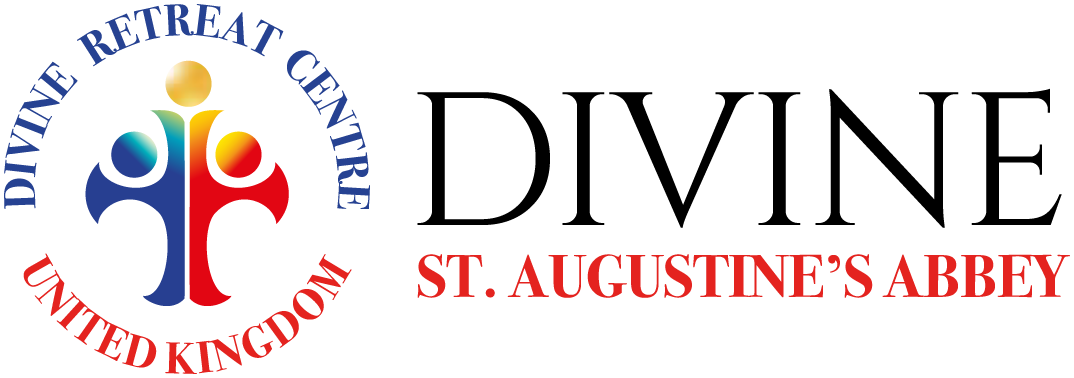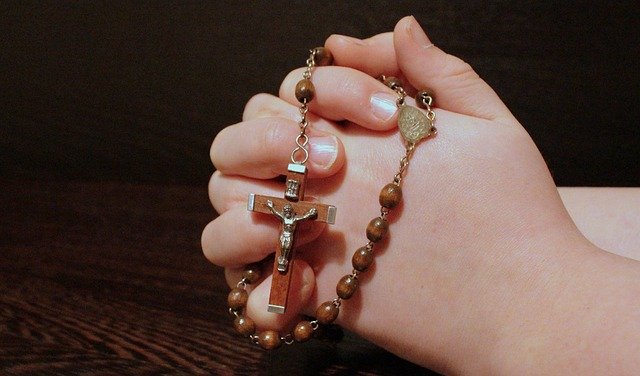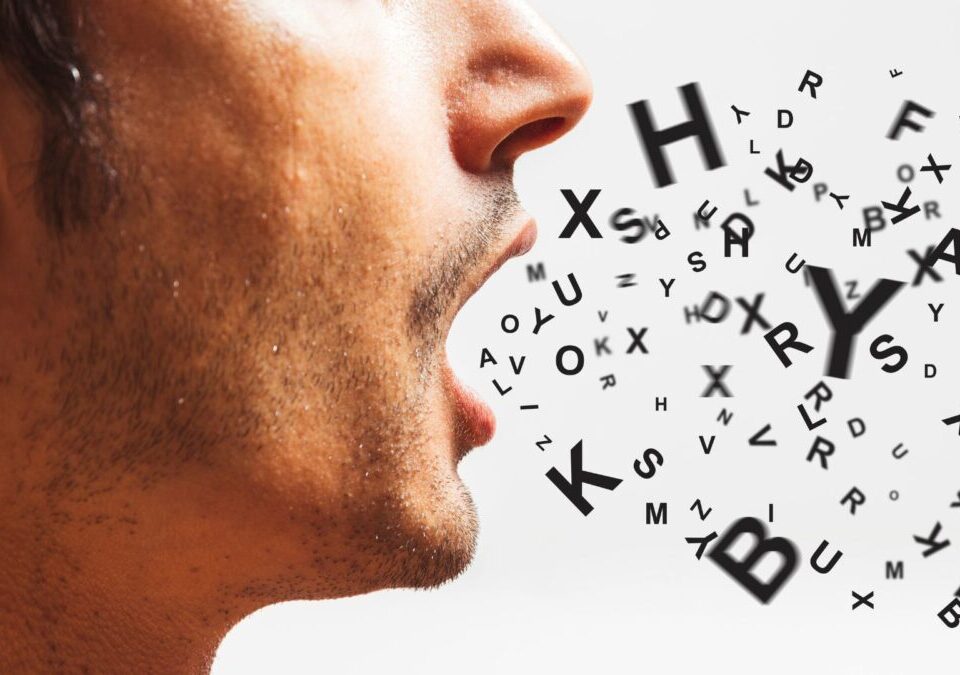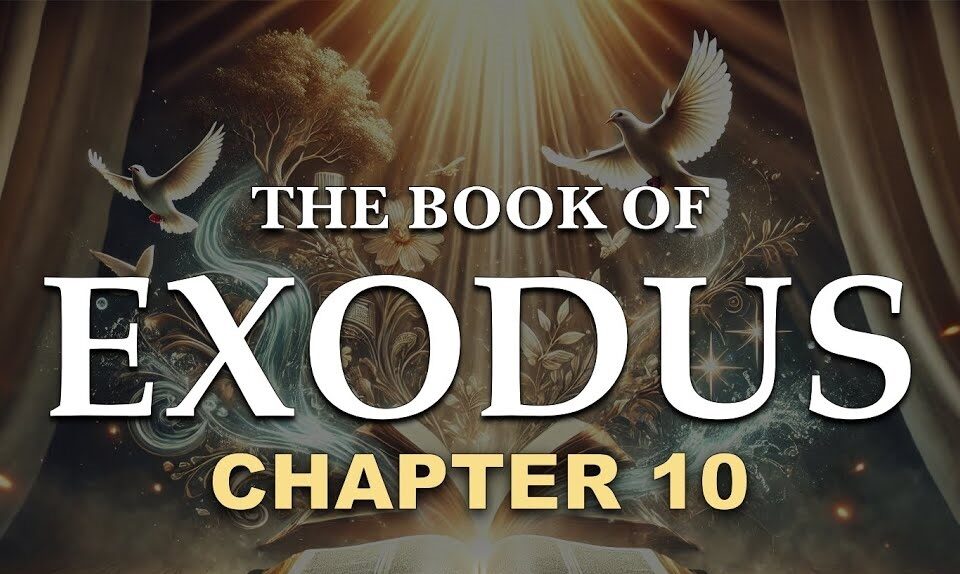Divine Retreat Centre UK – Official Website

Mother Mary – The New Eve
June 29, 2020
The Power of Praise & Worship
July 6, 2020Do we worship Mother Mary? To put it simply, no, we do not; we venerate Mother Mary. There are three types of Worship in the Catholic Church: Latria, Dulia and Hyperdulia. ‘Dulia’ is veneration which is meant for saints. ‘Hyperdulia’ means higher veneration, meant only for Mother Mary, and ‘Latria’ means adoration, or worship, meant only for God.
The church is made up of three parts – the church in heaven, church in purgatory and church on earth, and these three parts are mutually connected through prayer for one another. The church in heaven intercedes for all of us, and while the souls in purgatory suffer, it is the church on earth that prays for those in purgatory. Thus, it makes us all part of one body that is Jesus Christ.
But why do we ask Our Lady to intercede and pray for us?
We do not pray to Our Lady; we request her intercession. Mother Mary’s intercession is powerful, as she has more authority in the presence of Jesus than anyone else on earth, a prime example being at the wedding feast of Cana, where she interceded on behalf of the couple and Jesus listened to her prayer.

James 5:16 says, “therefore confess your sins to one another and pray for one another so that you may be healed. The prayer of the righteous is powerful and effective”. Sometimes, when we feel like our prayers are not heard, we request priests and those who are prayerful to pray for us. As ordinary people, we believe that priests, who are always with the Word of God and in the presence of God, are holy and righteous and thus, we conclude that their prayer will be powerful. In the letters of St Paul and St Peter, the apostles ask for prayers for each other because we are all intercessors, and this is exactly what we ask of Mother Mary, who is righteous, holy and has the highest place in heaven.
Protestants may believe that we can pray for each other because we are alive, but Mother Mary, St Joseph and all the saints are dead – so what can they do for us now? The Bible says clearly in Luke 20:37-38 that Moses speaks of “the Lord as the God of Abraham, the God of Isaac, and the God of Jacob. Now He is God not of the dead, but of the living. For to Him all of them are alive.” As per this Word of God, Mother Mary is alive and in the presence of God. If she and the saints are alive, can they talk to Jesus and do they have a connection with God? Do they know what is happening on earth?
Do the saints know what is happening on earth? Are they interested in intervening on earth?
When we read about the Transfiguration of our Lord on Mount Tabor in Luke 9:29-31, we know that “while He was praying, the appearance of His face changed, and His clothes became dazzling white. Suddenly they saw two men, Moses and Elijah talking to Him. They appeared in glory and were speaking of His departure, which He was about to accomplish in Jerusalem”. While Elijah was taken into heaven, Moses died and was buried, but in Luke’s gospel, they spoke to Jesus. They were interested in knowing about Jesus’ departure and the events about to take place on Earth. Mother Mary, who is more important than Moses and Elijah, is aware of what happens on earth. She has appeared to many, for example, in Fatima, Egypt, Mexico, Lourdes and Rwanda, and has asked people to pray and repent. She has constant communication with Jesus, the Heavenly Father and the Holy Spirit, and that is the reason we ask for her intercession. It is through her powerful intercession that countless miracles have taken place in all these, and many more, places.
Why do we have statues of Jesus, Mother Mary and saints?
Due to the lack of understanding about the teachings of the Catholic Church, many have turned away from it – two of the major reasons being the devotion showed to Our Lady, and secondly, the statues and pictures used in churches. Why do our churches and cathedrals have statues of Jesus, Mother Mary and saints? Are we not violating God’s commandments of idolatry?
God’s first commandment has two noteworthy aspects – there is no other God, and one should not make idols and statues of false gods and worship them.
What, then, is the Catholic Church’s stand? The Catholic Church has only one God – the Holy Trinity. The Catholic Church does not follow idol worship. To understand what idol worship is, we read in Romans 1:23, “they exchanged the glory of the immortal God for images resembling a mortal human being or birds or four-footed animals or reptiles.” The Israelites credited their escape from Egypt to the golden calf Aaron had molded for them, rather than the God of Abraham, Isaac, and Jacob – the One true God who brought them out of Egypt.
The question which then arises is: are we allowed to make statues of anything of this earth or anything of the heavens? What about angels? Or of human beings – the saints? If God intended that we do not make any statues at all, then God would not have asked Moses to make two cherubim of gold at the two ends of the mercy seat when instructing him on how to make the Ark of the Covenant (Exodus 25:10, 18-21). The Catholic Church teaches us that, as long as we do not worship the statue thinking that the statue is God, it is not a problem to have them in our churches. However, we can venerate a statue, the difference being that through veneration, one honours the person. Whether you worship or honour depends on the individual’s intention and no third party can decide this.
CCC 2130 states: “nevertheless, already in the Old Testament, God ordained or permitted the making of images that pointed symbolically toward salvation by the incarnate Word: so it was with the bronze serpent, the ark of the covenant, and the cherubim.”
When the Israelites who were bitten by snakes looked at the bronze serpent and were healed, they did not worship the serpent; they worshipped the Lord – the one who told them to make this statue and look at it. The serpent that was lifted in the wilderness is the symbol of the crucifix on Mount Calvary. All those who look at the Crucifix and bow down before it are not worshipping the crucifix, but Jesus Christ who died 2000 years ago on Mount Calvary.
In the Old Testament, we know that people were not allowed to make statues of God because they had not seen the form of God (Deuteronomy 4:15-16), but in the New Testament, Colossians 1:15 refers to Jesus being the image of the invisible God, the firstborn of all creation. In the New Testament, man has seen the image of the invisible God through Jesus Christ; St. Luke was an artist who drew some of the images of Jesus and Mother Mary.
In conclusion, the CCC 2132 states, ‘The Christian veneration of images is not contrary to the first commandment, which proscribes idols. Indeed, “the honor rendered to an image passes to its prototype,” and “whoever venerates an image, venerates the person portrayed in it.” The honor paid to sacred images is a respectful veneration,” not the adoration due to God alone. Religious worship is not directed to images in themselves considered as mere things, but under their distinctive aspect as images leading us on to God incarnate. The movement towards the image does not terminate in it as image, but tends toward that whose image it is.”
Other scripture verses for reference: Romans 16:17, 2 Timothy 3:6-7, Exodus 20:1-5, Exodus 32:1-4, 1 Chronicles 28:18, Ezekiel 41:17-18, 1 Samuel 6:3-7, 1 Kings 6:27, 1 Kings 8:10, Numbers 21: 8, Deuteronomy 4:15-16, Catechism of the Catholic Church 2113.
Transcribed by Avril Braganza
For more information, please click: https://www.youtube.com/watch?v=s5KOvpfReYc&t=2753s




